Chasho Okumuraen: Rediscover Tea Culture at a Specialty Shop in Tokyo

Those interested in discovering the true depths of Japanese tea culture should visit a store specialized in tea. Chasho Okumuraen is a tea specialty shop in Tokyo where visitors can find excellent tea and learn how to perfectly brew tea from a licensed instructor.
Finding Truly Delicious Japanese Tea
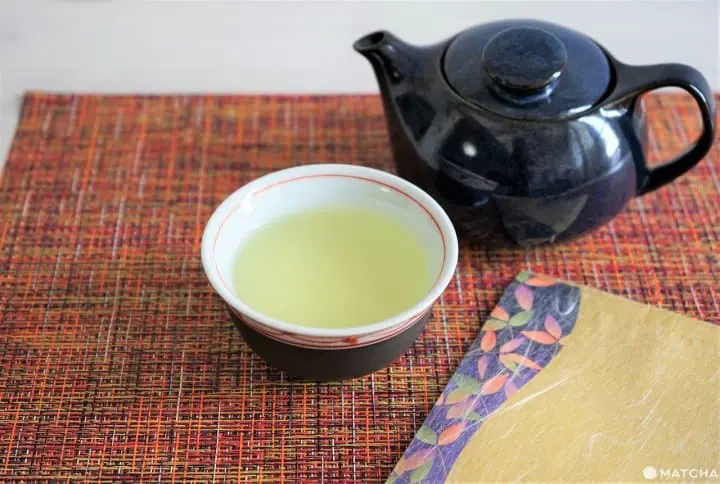
Where do you purchase Japanese tea?
Some head to the supermarket for a package. Others snag some from a souvenir store during a trip, or from an online shop.
Many Japanese people enjoy drinking tea daily and frequently visit stores specializing in tea. Some may wonder what's so special about these stores. MATCHA visited a specialty store to find out this information, and how to best enjoy tea!
We headed to Chasho Okumuraen, a tea specialty shop managed by a Japanese tea instructor.
A Japanese Tea Store in a Local Shopping Street in Tokyo
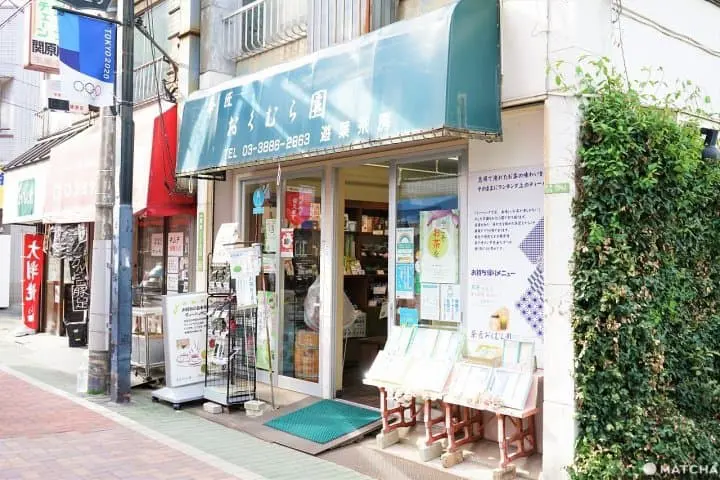
Chasho Okumuraen is located in the Sekibara Sanchome Shotengai (shopping street) in Adachi Ward, nestled in northern Tokyo. Its history dates back to the Taisho Period (1912-1926).

The store used to only handle tea from Morimachi in Shizuoka. Nowadays, they also sell Kagoshima and Sayama tea.
"I wanted our customers to enjoy the fun of choosing from several tea blends, so we now handle various types," replied Mrs. Okumura, the owner.
Mrs. Okumura is a certified Japanese Tea Instructor, a title awarded to a person with a vast knowledge of Japanese tea. This expertise ranges from tea production and the characteristics of various tea types to history. Of course, this license also means one is capable of making a delicious brew.
During the interview, Mrs. Okumura told us about the chatsubo (tea urns), which have been in use since the Edo Period.
A Tea Vessel Brimming With History
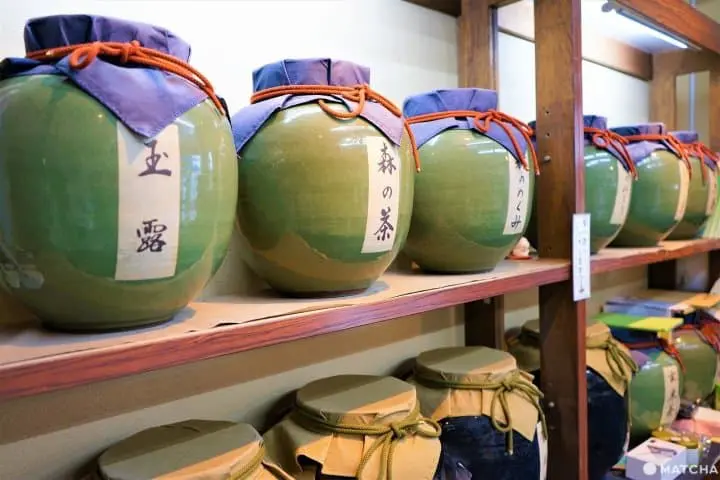
Ceramic pots called chatsubo (tea urns) are lined up in a row behind the counter at Chasho Okumuraen. Historically, these vessels were used for delivering and storing tea leaves. In fact, the process of delivering tea leaves to the Tokugawa Shogunate was called chatsubo dochu.
The tea urn was packed with fresh tea leaves picked in April and May at famous production centers, such as Uji (Kyoto) and Shizuoka. Once the chatsubo was filled, the vessels were sent to the foot of Mt. Fuji, an ideal area due to its cool climate that enhanced the leaves' flavor.
Chatsubo dochu—a procession to carry back the tea leaves—started from this storage site to Edo (present-day Tokyo), where the Tokugawa Shogunate was located.
There are festivals that replicate the chatsubo dochu procession in Tsuru City (Yamanashi) and Shiojiri City (Nagano).
The precious tea leaves presented to the Tokugawa family were stored inside a cylinder made of washi (handmade Japanese paper), then placed in the center of the tea urn, using the surrounding leaves as buffers.
During the Edo Period, the scene of crowds gathering to watch the procession was described in a song, which has now become a nursery rhyme.
5 Benefits of Buying Tea from a Speciality Shop
Now that you've learned the history of tea in Japan, here are five benefits of purchasing directly from a specialty store!
1. Find a Tea That Suits Your Taste and Special Occasion
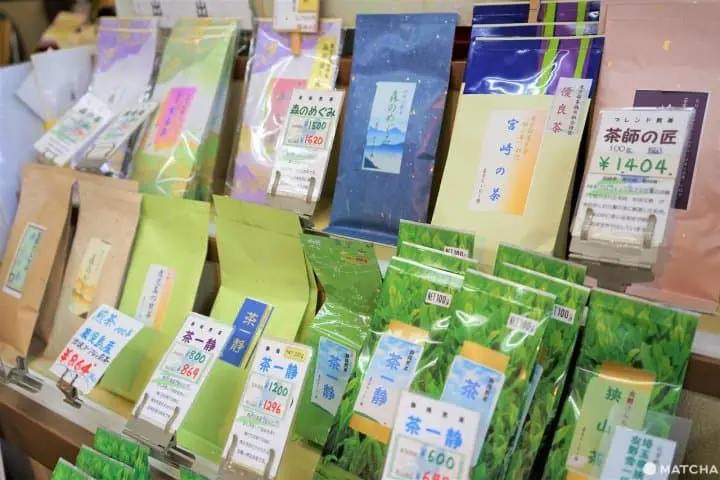
There's a daily tea to drink with meals, another reserved for guests, and even one to drink at work. Customers can choose a tea at a specialty store that fits each of these occasions while comparing the type and origin.
It's a great opportunity to find a delicious tea that suits you!
2. Learn Basic Techniques for Brewing Tea

From Japanese Tea Workshop in Nishiarai - Put Your Heart into Making Tea!
There is a tea room in the back of the store where customers can enjoy tea and confections. The store also hosts tea brewing workshops in this room.
Depending on the type of tea, the temperature and steeping time varies. Don't forget to ask about this important information to ensure you get the most from your purchase. If you prefer drinking your tea right away, ask about tea varieties that can be brewed quickly.
3. Ability to Purchase Small Portions

Tea leaves lose their freshness once the package is opened. However, brewing 100 grams of tea typically takes some time.
Fortunately, Chasho Okumuraen packs tea leaves in small portions, so customers can stock up on fresh leaves and enjoy a rich flavor at any time.
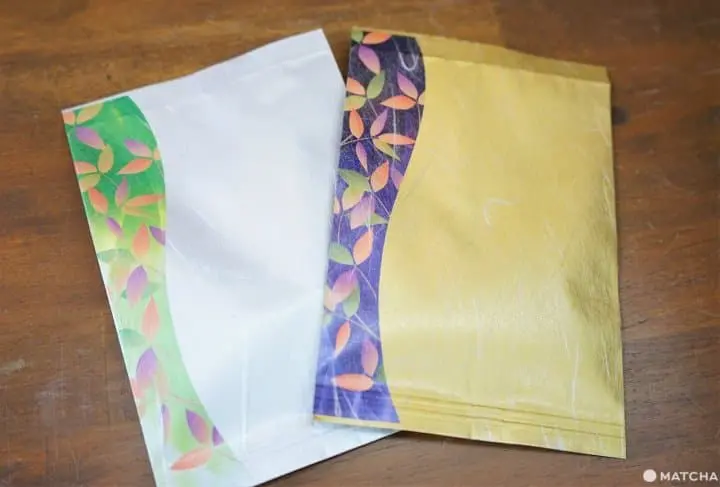
The compact packages come in two original designs featuring beautiful Japanese motifs. The staff will measure the portion according to the customers' requests, and seal the packages. They also make nice gifts for friends!
4. Purchase Utensils to Enhance Your Tea Experience
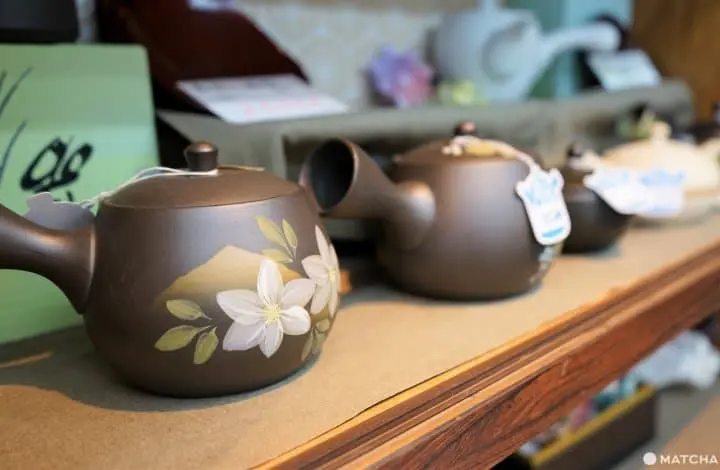
A kyusu (teapot) is an essential item for those wishing to savor Japanese tea every day. Chasho Okumuraen offers a wide variety of products, from budget-friendly to high-quality types perfect for a gift.
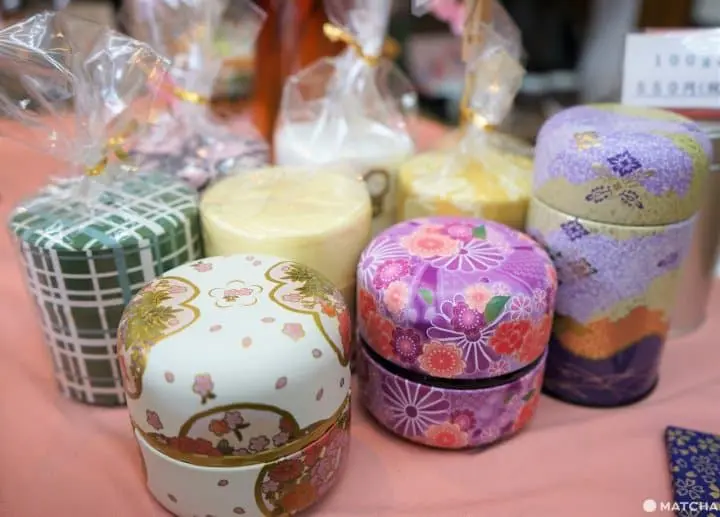
Be sure to check out the selection of tea caddies as well. Various designs such as eye-catching Japanese motifs or checkered patterns are available. You'll also find a wide range of shapes and sizes. Drinking tea with these adorable tea items will brighten your day.
5. Discover Seasonal Teas
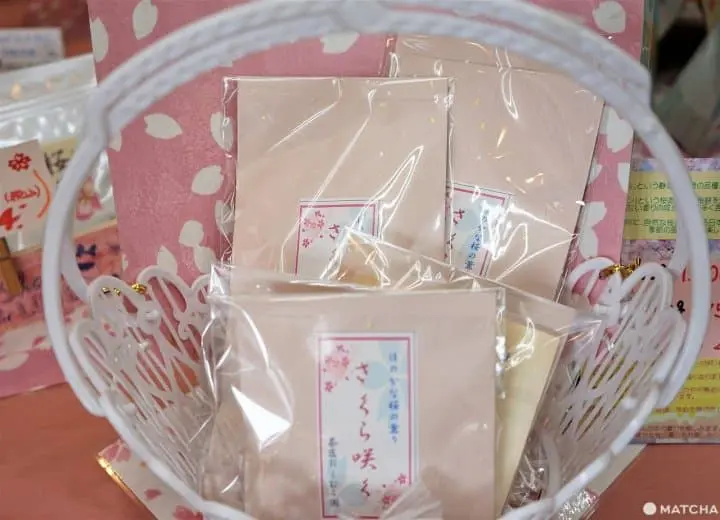
Along with regular products, specialty stores handle seasonal teas, such as sakura-flavored teas in spring or tea that goes well with confections containing sweet potatoes and chestnuts in autumn.
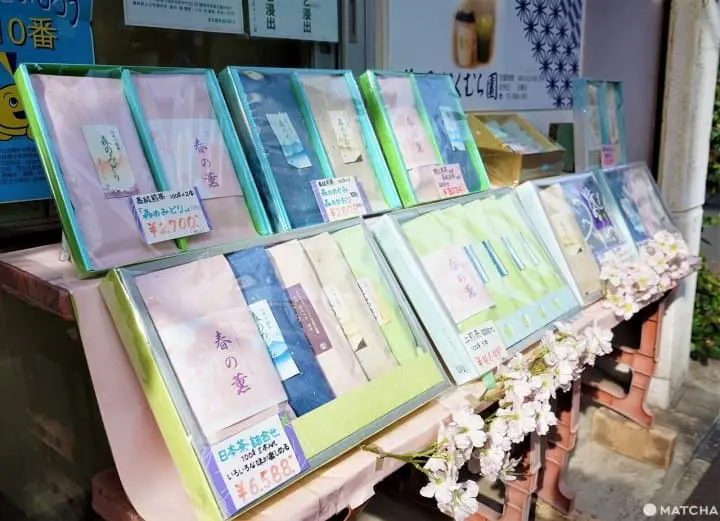
Furthermore, Chasho Okumuraen sells gift sets featuring an assortment of tea leaves packed into a box with an elegant Japanese design. These will surely delight the recipient.
Visit a Specialty Store to Explore the Depth of Japanese Tea
If you're looking to taste amazingly delicious tea, it's best to sample many varieties. By visiting a specialty store, you'll be able to explore the depth of Japanese tea, from its cultivation process to its origin. What's best, you can enjoy choosing a tea that suits you!
The knowledge acquired at a specialty shop will surely deepen your appreciation of tea.
Read also
In cooperation with Chasho Okumuraen
Ramona, English content editor at MATCHA since 2016, has been practicing ikebana flower arrangement (Ikenobo School) and tea ceremony (Omote Senke) since 2012. She arrived in Japan in 2012 as a graduate student with a focus on Japanese literature and performing arts. As a travel editor and writer, Ramona has visited and documented 40 of Japan's prefectures with a focus on art, history, traditional Japanese crafts, and performing arts.





































![[Reopening in March 2026] Ikoma Sanjo Amusement Park Park, 45 minutes from Osaka , with free admission](https://resources.matcha-jp.com/resize/720x2000/2024/08/28-194409.webp)
![[Gunma] 5 recommended gourmet foods at Kawaba Denen Plaza Roadside Station!](https://resources.matcha-jp.com/resize/720x2000/2025/02/26-225970.webp)
![[Kanazawa] Enjoy the world of gold leaf to the fullest in the city with the highest production volume in Japan](https://resources.matcha-jp.com/resize/720x2000/2025/11/12-249564.webp)
![[2026] Family Winter Trip to Suzuka Circuit! – For Both Day trips and Overnight Stays!](https://resources.matcha-jp.com/resize/720x2000/2025/12/26-254097.webp)
